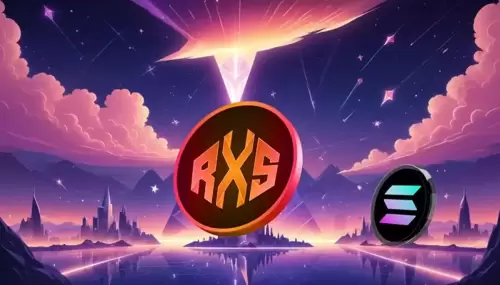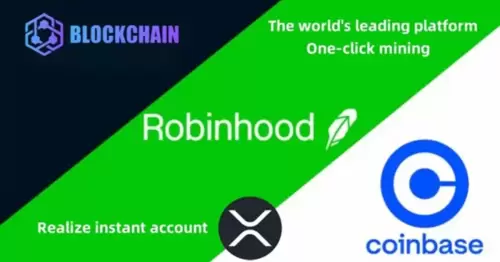
The digital horizon shimmers with a quiet revolution. While crypto giants like Bitcoin and Ethereum continue to gobble up vast energy resources, another narrative unfolds—one of cryptocurrency mining directly from your phone, accessible to everyone. This is the promise of the Pi Network, and it takes on new momentum with Banxa’s recent KYB (Know Your Business) approval.
This signals a watershed moment for the network’s accessibility and adoption. Picture a bustling market square, where digital coins are the preserve of the affluent, and the common folk are largely excluded. But now, Pi places itself in the hands of everyday people—a move that isn’t just technical but fundamentally alters the fabric of the digital economy.
The approval itself is a footnote, but its implications are broad. It flings open the doors for users in over 100 countries to buy Pi with cash, cutting through the usual fiat avenues and forging a more inclusive path. It connects disparate corners of the globe with a digital thread, weaving a web where financial inclusion isn’t just an ideal but an attainable reality.
For those following the Pi Network saga closely, this development bodes well. With Banxa reportedly warming up to resuming Pi transactions, attention turns to other platforms. Rumors swirl about BitMart and HTX nearing their own KYB milestones, threatening to topple like dominoes and usher in a new wave of optimism.
But even as these approvals hint at a tide swelling toward mainstream acceptance, the journey isn’t without its hitches. The Pi Coin, founded on principles of equity and inclusion, faces an uphill battle against skepticism. Its price has seen better days, having plummeted from its peak of $3 to hover around the $0.50 mark. Critics murmur about liquidity constraints and the project’s overall viability, crafting a narrative rife with uncertainty.
Yet within this ebb and flow, potential currents of change exist. Recently, the coin’s price edged upward by 2.5%, suggesting a cautious optimism among the community. With the rate of token unlocks anticipated to diminish, the pressure could ease, allowing the Pi ecosystem to stabilize and mature. Should the coin surge past the resistance at $0.60, an avenue to $1 could be carved—a beacon of renewed faith in the project’s potential.
But the story goes deeper than mere market figures. The Pi Network dares to challenge conventional crypto thinking—cryptos derived not from exclusive tech-laden lairs but from the palm of your hand, universally approachable and attainable. Perhaps Banxa’s KYB approval serves as a catalyst that could shift the crypto conversation from scarcity to accessibility.
In a world often divided by haves and have-nots, the Pi Network, bolstered by Banxa’s stride, sketches a more inclusive future, where the digital economy belongs to all. As the curtain rises on this new chapter, time will tell whether Pi will indeed become the people’s coin, fulfilling its promise to democratize the crypto domain.













































































